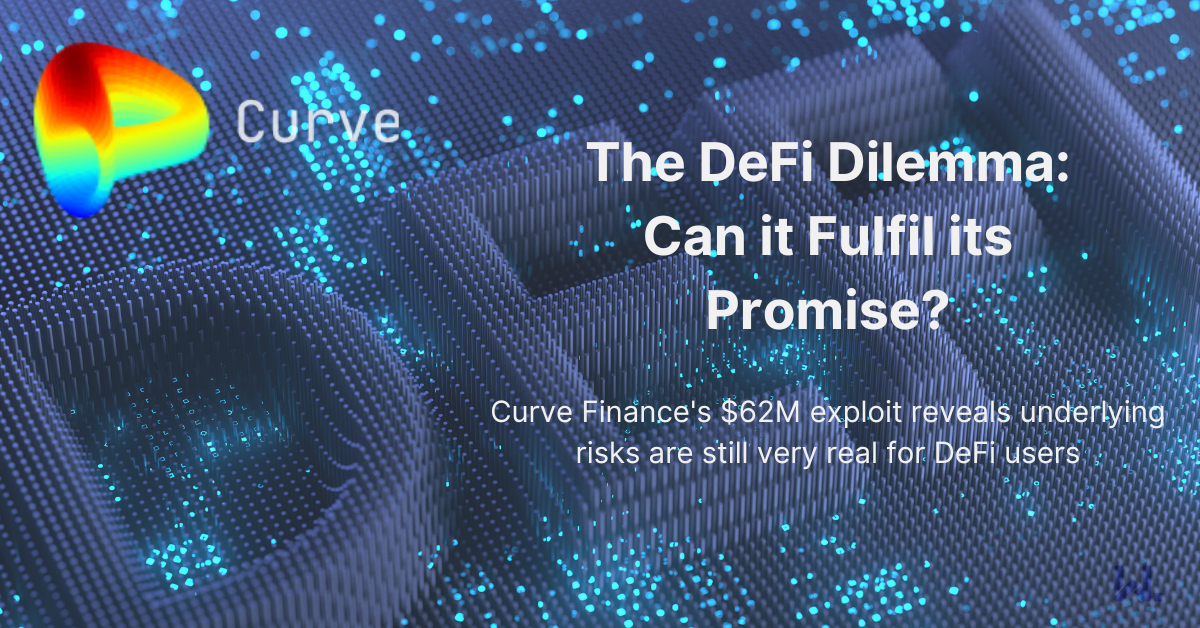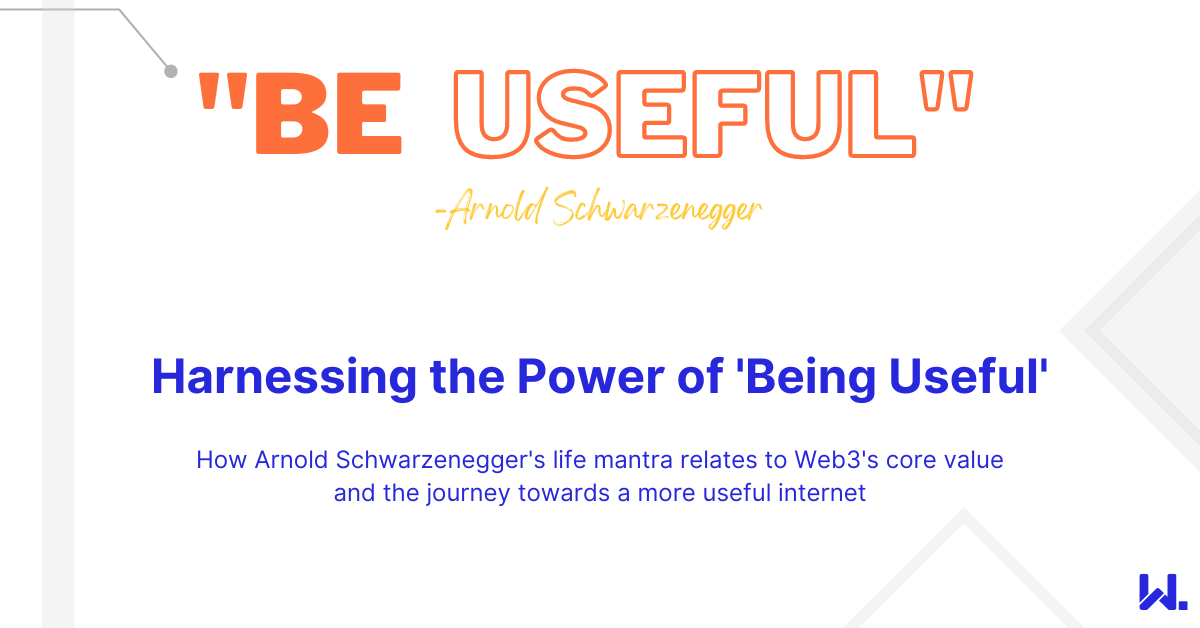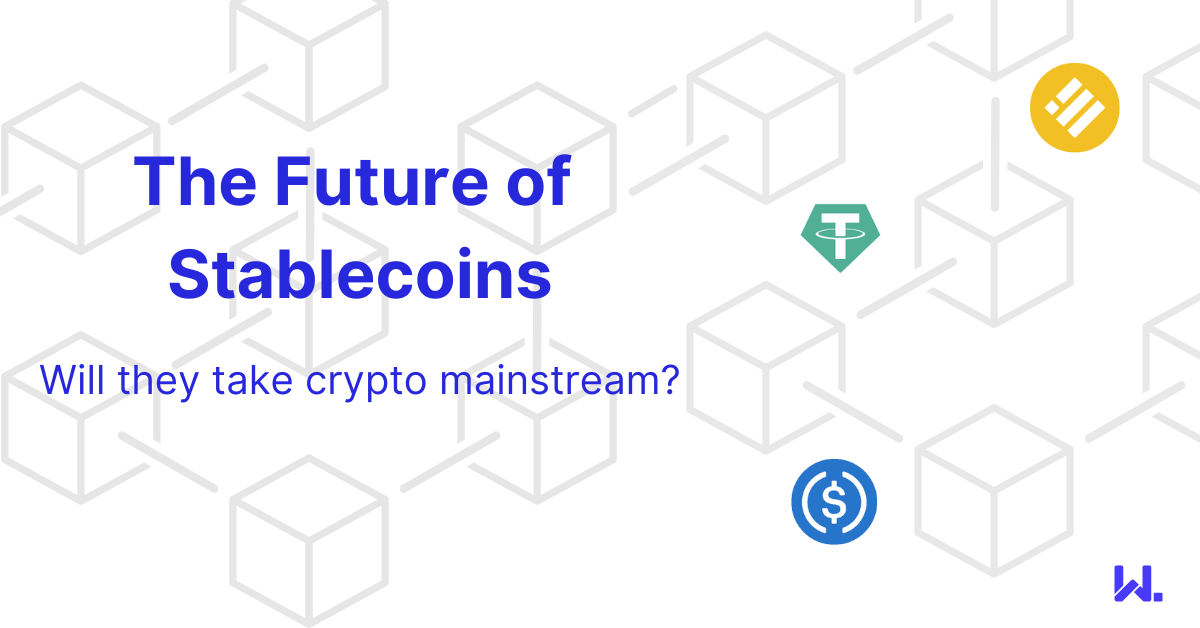Redefining Finance: How Crypto and DeFi will Transform Traditional Finance
What is the end goal for crypto and DeFi with respect to TradFi? Crypto maximalists will state that it's about Bitcoin, Ether, etc replacing fiat currencies. But this is not the case. Cryptocurrencies will continue to thrive, but they won't be the assets that come to dominate TradFi. What will is the rails that have been created by public blockchain networks.
It is these rails that will completely change the way in which financial assets are distributed. At the heart of this is the token abstraction, which currently powers utility tokens, stablecoins and NFTs, but it is the stablecoins that will come to dominate TradFi.
Why stablecoins are the future of finance
Stablecoins aren't just those that are tied to fiat currencies, such as USDC, but also those tokens that track any financial instrument or commodity. The stable in their name refers to the fact that their price is dictated by the underlying asset.
Stablecoins in assets other than currencies are only just starting to appear on-chain. Backed Finance have made available ERC-20 tokens that track treasury bonds, high yield bonds and the S&P500. The underlying assets they use are ETFs, and Backed is responsible for ensuring the token is redeemable for the underlying asset.
We’ve also just seen Paypal enter the fray with their dollar-backed stablecoin PYUSD.
This stablecoin model taken by Circle, Paypal for USD, Backed with their tokenised securities, where we have fully collateralised on chain TradFi assets is the future of asset distribution.
Why tokenised means choice
This approach will change how a significant number of people hold their assets. By existing as tokenised assets on public blockchain networks, holders get new freedom that does not exist in TradFi currently.
That freedom is the choice of where you store that asset and the ability to trade it whenever you want. You can choose to hold the asset with a custodian, exchange or broker, or custody it yourself via a cryptocurrency wallet.
This freedom also comes with the ability to trade it via a centralised or decentralised exchange or loan it. These markets are available 24/7, which is also something that doesn't exist for traditional classes.
If you want to purchase traditional securities or currencies via a broker or exchange, you are constrained by the hours in which you can trade them. Whilst cryptcurrency exchanges run 24/7, only our existing FX markets come close by offering 24/5 trading. Futures, stocks and ETFs follow exchange hours which are 8/5, at best — public holidays reduce that number.
The end-user is not the only beneficiary of these freedoms, issuers of these instruments have the ability to reach a global population, which is likely far larger than their current base of holders.
None of this is new information to users of crypto. What is really important to highlight is that we are discussing traditional financial assets here. Cryptocurrencies by virtue of them being native assets on these networks also come with these same benefits. But what is being highlighted is how our traditional financial assets will change to embrace this. Cryptocurrencies may or may not feature in this from their perspective.
How DeFi needs to evolve
DeFi in its current form does allow users to layer DeFi protocols upon protocol, harvesting additional yields in the process. This is not the opportunity for main street. This is the frontier opportunity, which comes with appropriate levels of risk/reward for those willing to embrace it.
The majority of users investing in financial assets need to understand the risks associated with the investment. Having a team of anons running DeFi projects via Discord server is good for builders and innovators, but less so for your average investor.
Investors need clear accountability and to understand what their downside risk looks like. For most people, the risk of a hack sending investor funds to zero is not an option. The way this needs to be achieved is via trusted organisations offering fully collateralised tokenised securities.
These trusted organisations should include asset managers, ETF providers and exchanges. What's crucial is that there's an intermediary there to provide a backstop against catastrophic events. Their job is to ensure that the tokenised asset will always be redeemable against the underlying, keeping investor funds safe. Otherwise the risk profile of tokenised assets is simply too high.
Why legislation will remain
Existing legislations need to be adhered to also. Participants in this new stablecoin ecosystem need to be willing to have KYC'd identity available to the institutions that they are using. Issuers of stablecoins, exchanges and custodians will continue to have to take onboard AML/CFT requirements.
Many advocates of crypto and web3 will not support this view, but it's short-sighted not to align with regulators and governments in the jurisdictions within which you wish to do business.
It may be possible to avoid such oversight, but if you want to reach the average investor with this technology, you need to adhere to the protections that have been put in place.
Global rails for finance
Public blockchains provide far greater reach than our existing financial systems. Our financial systems are not broken, but they can improve. They must evolve to support these new rails that are now available.
Rails that provide a standardised representation of a financial asset in a tokenised form. Rails that are available to anyone globally with an internet connection. Rails that provide a choice to the owner of whether the asset is held with an intermediary or in their own cryptocurrency wallet.
The foundations of these rails have already been deployed and are proven. Our existing institutions have a choice to embrace them or miss the greatest innovation provided to them since the internet.





